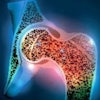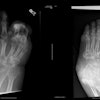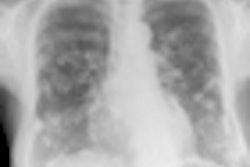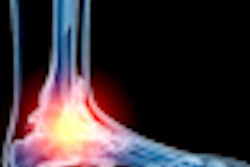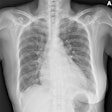Dear Digital X-Ray Insider,
The detection of asbestos-induced lesions is an important area, particularly when it comes to exposure from contaminated buildings. There are numerous pathologic consequences of asbestos exposure, and often a long latent period occurs between environmental or occupational exposure and clinical manifestation, which complicates matters further.
In many cases, digital x-ray plays a central role in determining the serious cases from the less vital ones. Researchers from Cardiff, U.K., have addressed this topic, and their findings are worth attention. Go to our Digital X-Ray Community, or click here.
New research has appeared in Radiation Protection Dosimetry about how best to optimize computed radiography (CR). The authors emphasize that automatic exposure control systems must be reconfigured when CR is introduced, and regular quality assurance checks coupled with three yearly patient dose surveys allow optimum performance to be maintained. Get the story here.
The Image Gently radiation dose reduction campaign has launched a new initiative, called Back to Basics. It is intended to strengthen radiation protection in children, as radiography shifts from analog film to digital x-ray. To read more, click here.
The latest survey results of the U.K. National Patient Dose Database are bound to generate great interest among both manufacturers and end users across the globe. Typical doses have decreased by nearly 50% since radiology reference doses were collected from a survey conducted in the mid-1980s, and overall the news is positive. Click here to learn more.
Russian researchers have conducted a detailed analysis of complex clinical, radiographic, and MRI investigations of 76 patients with acute inversion trauma. They presented their findings at the recent European Society of MR in Medicine and Biology congress in Lisbon. To find out more, click here.


